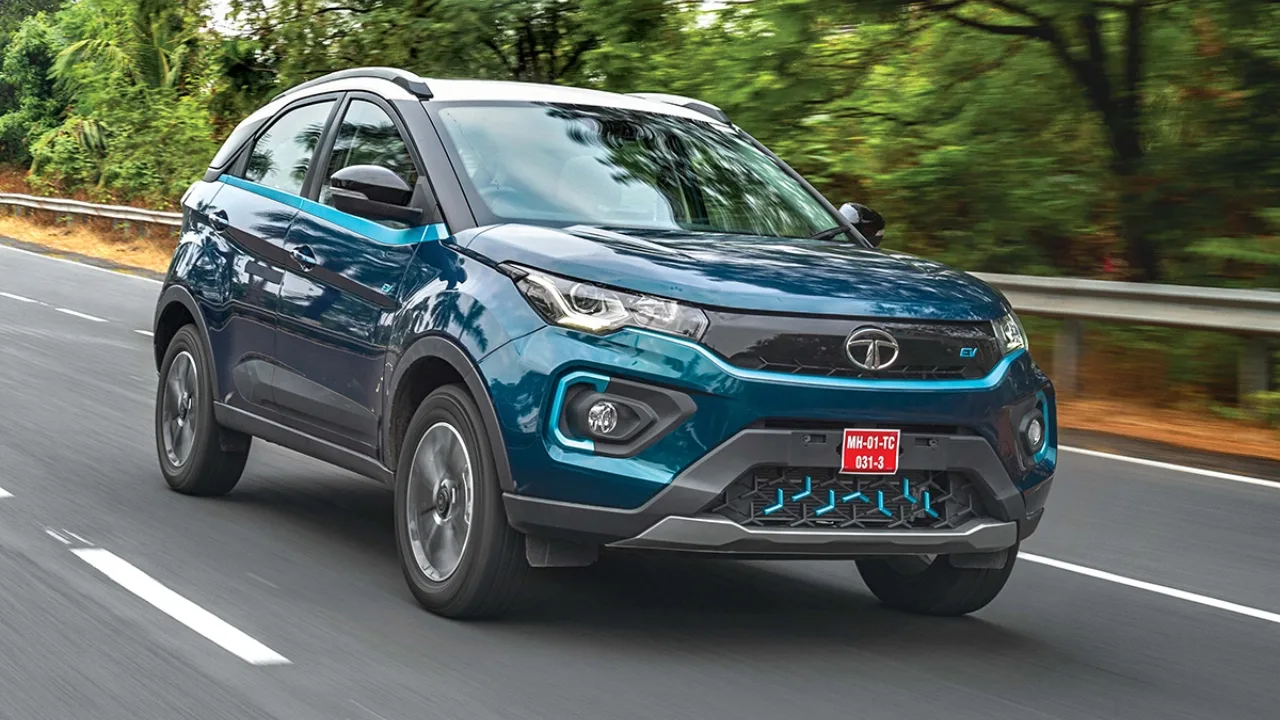The Indian electric vehicle landscape is witnessing a remarkable shift, and the Tata Nexon EV sits at the forefront of this change. Launched in 2020, this subcompact SUV has garnered significant attention for its blend of performance, range, and features, becoming one of the best-selling electric cars in the country. In this article, we delve into the key aspects of the Tata Nexon EV, exploring its strengths, potential limitations, and its impact on the Indian EV market.
Performance and Range:
The Nexon EV boasts two battery pack options: a 30.2 kWh unit offering a claimed range of 312 km and a larger 43.7 kWh version delivering an impressive 437 km. Both variants utilize an electric motor generating 136 PS and 245 Nm of torque, resulting in a 0-100 km/h sprint time of 8.9 seconds. This combination of brisk acceleration and ample range addresses a crucial concern for potential EV buyers – range anxiety.
Design and Features:
The Nexon EV retains the stylish design of its petrol-powered sibling, featuring a bold front fascia, LED taillights, and sharp character lines. The cabin offers a premium feel with comfortable seating, a spacious boot, and a modern infotainment system featuring a 7-inch touchscreen, connected car technology, and a digital instrument cluster. Safety is prioritized with six airbags, ABS with EBD, and ESC as standard across all variants.
Charging Options and Infrastructure:
Charging the Nexon EV can be done at home using a 7.2 kW AC charger, taking 4.3 hours for the smaller battery and 6 hours for the larger one. DC fast charging options are also available, reducing the charging time to around 1 hour for an 80% charge. However, the availability of fast charging infrastructure, especially outside major cities, remains a challenge in India.
Strengths and Limitations:
The Nexon EV’s strengths lie in its competitive pricing, spacious interior, comfortable ride, and impressive range. However, some potential limitations include the lack of AWD options, limited fast-charging infrastructure, and slightly higher service costs compared to petrol cars.
Impact on the Indian EV Market:
The Nexon EV has played a pivotal role in popularizing electric vehicles in India. Its success has encouraged other manufacturers to enter the EV segment, leading to a wider variety of choices for consumers. This increased competition is driving innovation and affordability, paving the way for faster EV adoption in the country.
Conclusion:
The Tata Nexon EV is a significant player in the Indian electric vehicle market. Its blend of performance, range, features, and competitive pricing has made it a popular choice for consumers seeking a stylish, practical, and eco-friendly SUV. While there are some limitations to consider, the Nexon EV has undoubtedly been a driving force in accelerating EV adoption in India, and its future iterations are likely to play an even bigger role in shaping the country’s sustainable mobility landscape.




